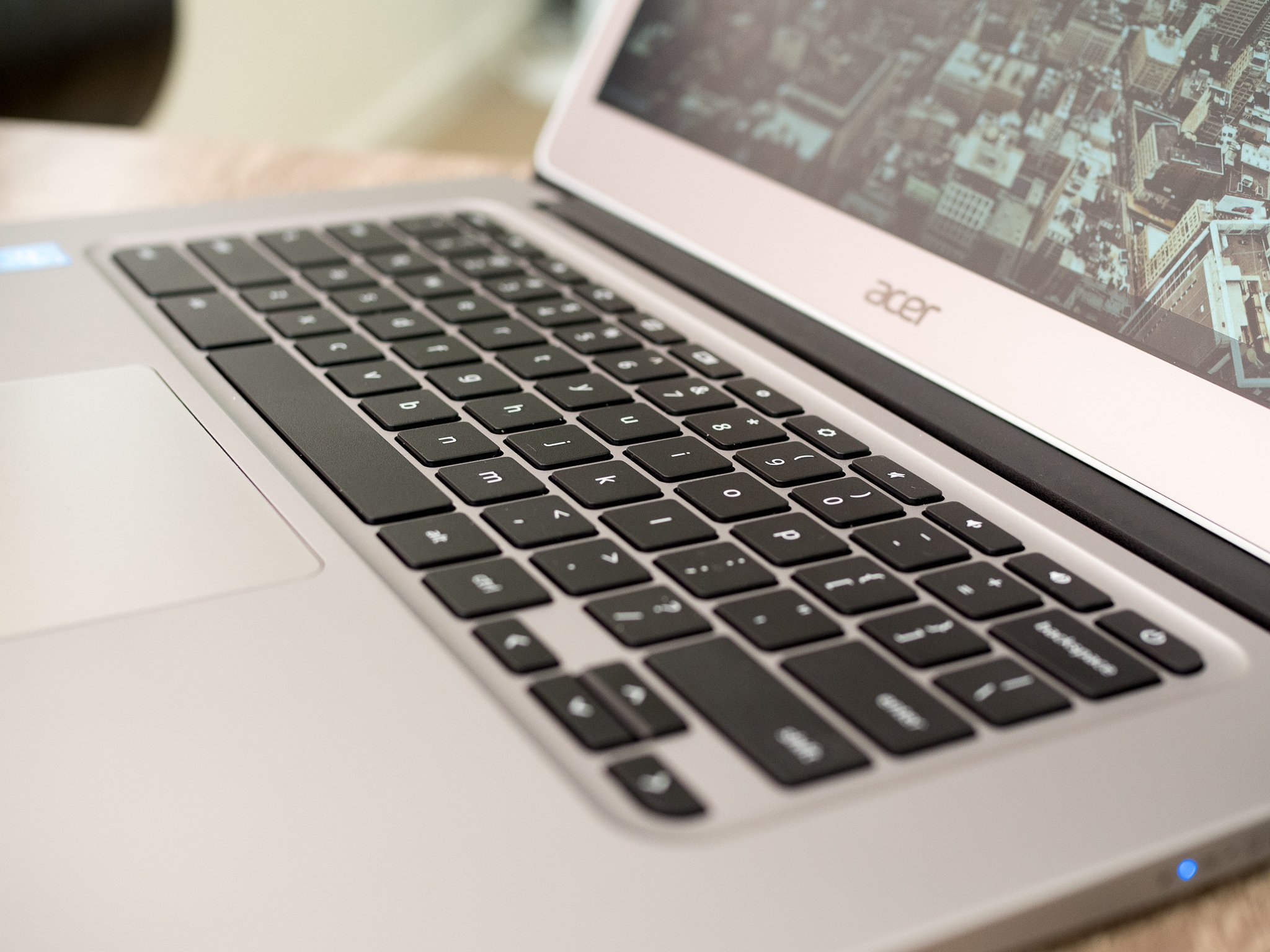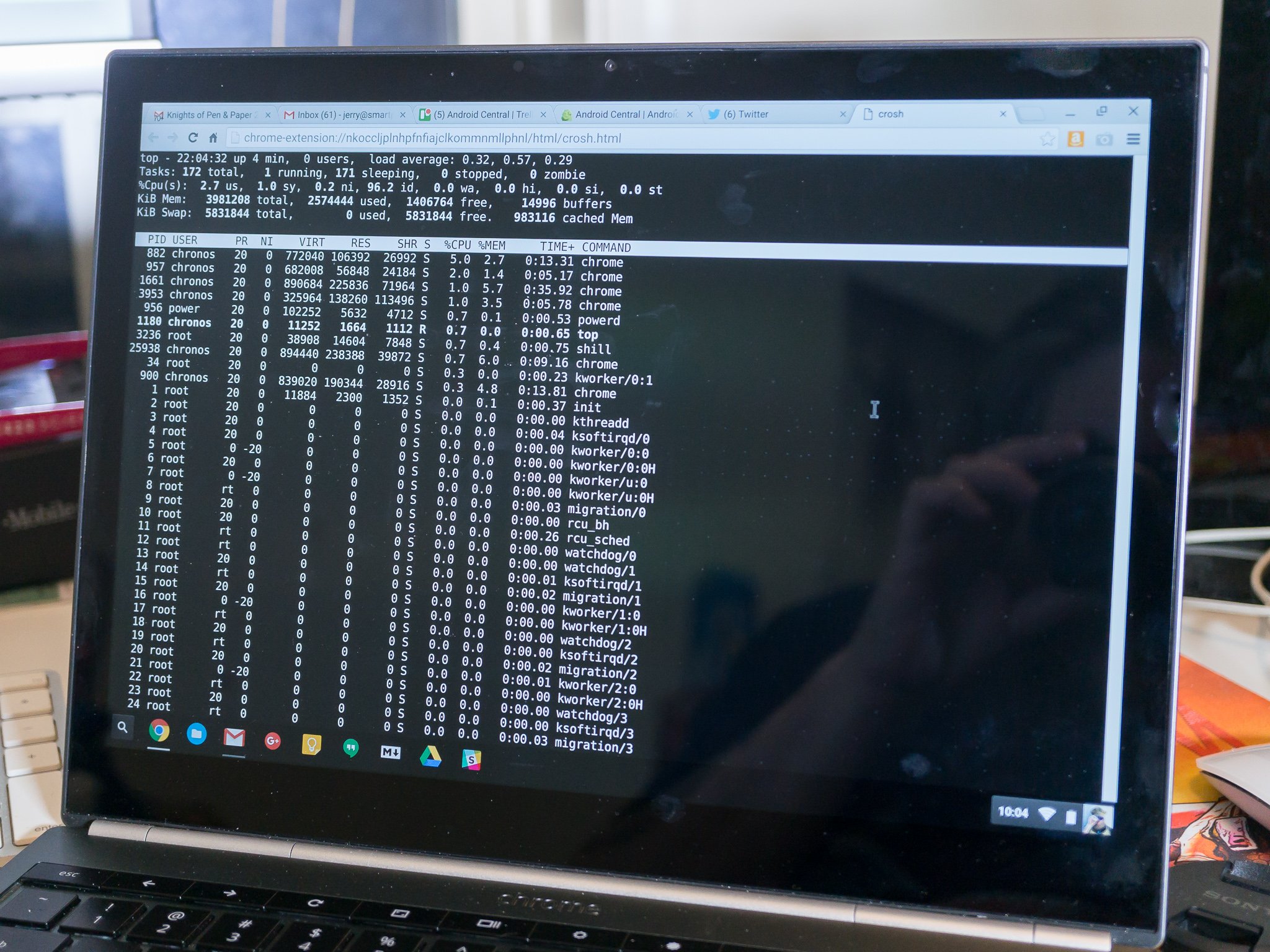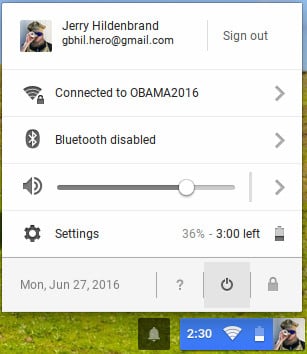
A quick tip for Chromebook users — powering down when you’re done using your laptop keeps things running smoothly and makes sure your software is up to date.
Your Chromebook does a good job of going to sleep and staying asleep when you shut the lid, which is the sort of thing you’d want any laptop to do well. But that doesn’t reset and recycle your current session in Chrome OS. And those are both things you want to do when you’re finished working (or playing) for the day. There are two big reasons why — keeping your software current and resetting what’s stored in your memory (RAM).
Your Chromebook uses what’s called Verified Boot along with automatic updates to keep the software current and secure. When an update is available for the operating system, it gets fetched from the Internet and installed alongside the version you are currently running. Before and during the installation process, the integrity of the software is checked by matching it against the official copy. If the tests performed all match, then your Chromebook knows that the software is official and hasn’t been tampered with. (The same process is done each time you start things up, too.) The next time you shut off your Chromebook then restart it, this new copy of the operating system is what gets loaded. The old copy can then be erased and replaced the next time there is an update. This process is also coming to Android N for our phones and tablets because it worksreally well.

Your Chromebook also manages memory a little differently than most other operating systems. We go into it a little more here, but the short version is that the things you’re looking at and the things you recently were looking at are kept in the memory. Your RAM has a 10MB portion reserved for this, and the only way to free it up is to shut your laptop down. This doesn’t make much of a difference if you were looking at cat pictures yesterday and are going to look at cat pictures again today, but it doesn’t make a lot of sense to keep Google Docs and that boring company spreadsheet in the reserved portion if you’re done with it. You don’t have to wipe this cached data away because it will overwrite itself as you do different things, but there could be a small performance hit if you do things that way. Chrome boots so fast it’s easier on the system (and your battery) to shut down and start fresh for each session.

To be clear — your Chromebook will work just fine if you never shut it off. Chrome is Linux, and some Linux computers go for years without being power cycled.
But to take advantage of the update system as well as the way Google uses your RAM for great performance, the best thing you can do each night is power down. You can shut down by pressing and holding the power button, or by clicking in the status area (next to your account picture on the tray) and clicking the power icon.
Article by Android Central







